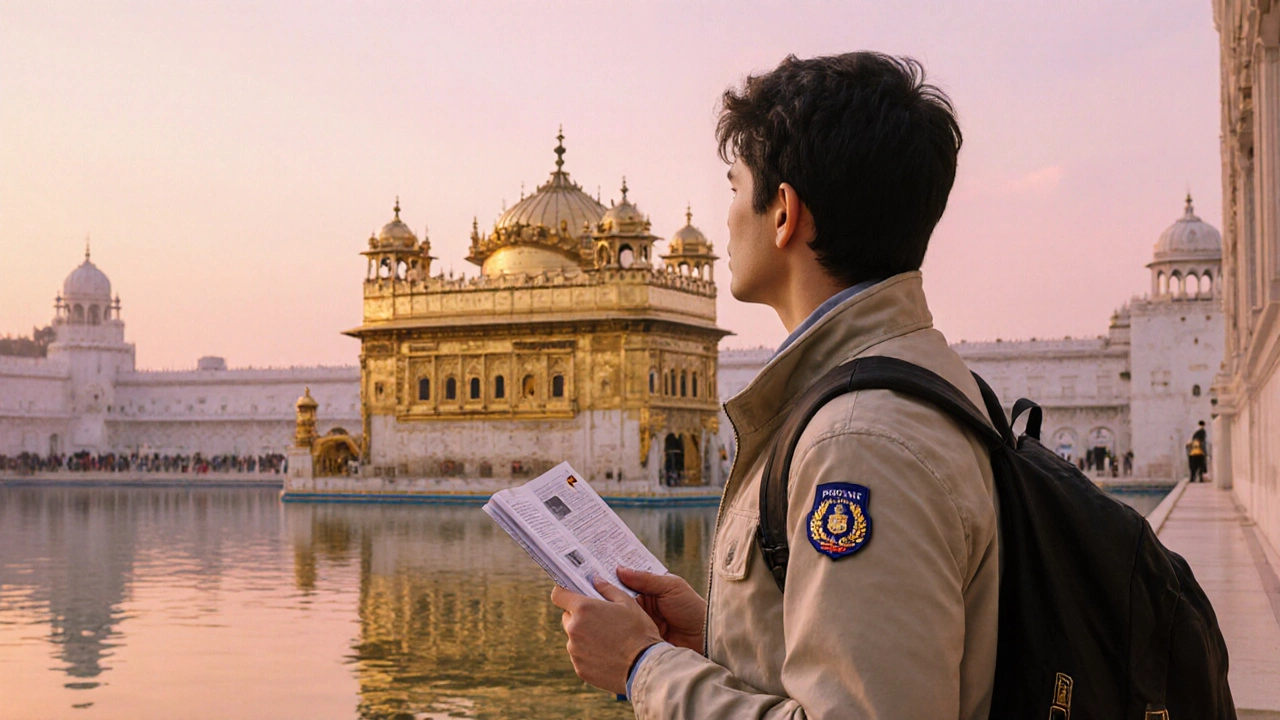Safety Guide Punjab: Essential Tips for Travelers in North India
When you're traveling through Punjab, a vibrant, culturally rich state in northern India known for its hospitality, golden fields, and energetic cities like Amritsar and Ludhiana. Also known as the land of five rivers, Punjab offers unforgettable experiences—from the Golden Temple’s peaceful glow to bustling bazaars and delicious langar meals—but knowing how to stay safe makes all the difference.
Punjab is generally safe for tourists, especially compared to other parts of India, but that doesn’t mean you can ignore basic precautions. Local police are visible in tourist areas like Amritsar and Chandigarh, and most drivers and taxi operators are honest—but always confirm fares before starting your ride. Don’t rely on unmarked cabs; use registered services or apps like Ola and Uber, which are widely available in major cities. If you’re planning a day trip to the Wagah Border, go during daylight hours and stick to organized tours. Women traveling alone should avoid isolated areas after dark and dress modestly to respect local norms, even if you don’t see many people wearing head coverings.
Food safety is another key part of your Punjab safety guide. Street food here is amazing—think buttery parathas, spicy chole bhature, and sweet jalebis—but choose stalls with high turnover. Look for places where locals line up; if it’s busy, the food is fresh and hot, which reduces risk. Avoid raw salads, tap water, and ice in drinks unless you’re sure it’s purified. Most hotels and restaurants serve bottled water, and many offer filtered taps. If you’re staying in a guesthouse, ask if they boil water for tea or coffee—it’s a simple habit that prevents stomach issues.
Transportation in Punjab is reliable but can be chaotic. Buses are cheap and frequent, but crowded. Trains are safe and efficient, especially for longer trips between cities like Amritsar and Ludhiana. If you’re hiring a private taxi for a multi-day tour, agree on the full price upfront and get a receipt. Drivers often speak basic English, but having a local phrase or two helps—like "Kitna hoga?" (How much?) or "Thik hai" (Okay). Always keep your phone charged and share your location with someone back home, especially if you’re heading to rural areas like Gurdaspur or Ferozepur.
Religious sites are the heart of Punjab, and respect goes a long way. At the Golden Temple, cover your head (scarves are free at the entrance), remove your shoes, and don’t point your feet at the scripture. No photography is allowed inside the main sanctum, and always walk clockwise around the pool. Locals appreciate when visitors take time to understand, not just snap pictures. Don’t be surprised if someone invites you for tea—it’s common here. Saying "Shukriya" (thank you) will make your experience warmer.
What you won’t find in most travel blogs are the quiet safety habits that locals use every day. Like keeping your wallet in a front pocket, not carrying large amounts of cash, and always having a backup phone number for your hotel. Many travelers get sick not from food, but from dehydration in Punjab’s dry heat—carry a water bottle and sip often. And if you feel off, don’t wait: pharmacies are everywhere, and most staff can point you to a clinic.
Whether you’re here for the spiritual journey, the food, or the history, Punjab welcomes you. But the best trips aren’t the ones with the most photos—they’re the ones where you feel secure, respected, and at ease. Below, you’ll find real stories and practical checklists from travelers who’ve walked these streets, eaten at these stalls, and ridden these roads. Use them to plan smarter, not harder.
Punjab Travel Safety: What Tourists Need to Know
Discover how safe Punjab is for tourists with a detailed guide covering crime, health, transport, women's safety, emergency contacts, and practical tips.
Read more